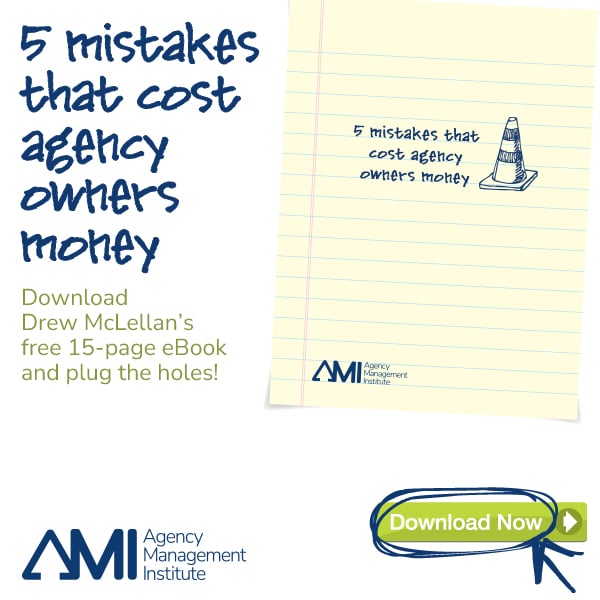3 Science-Backed Reasons You Need to Post on LinkedIn
The image that most professionals have about posting on social media isn’t too positive. In fact, it’s usually downright horrible. When you picture “posting on social media,” what image comes up? Teenagers sprawled on their beds and posting Instagram selfies on their phone? The hipster taking a picture of their food at a restaurant for Facebook? Your friend who can’t seem to stop posting their every thought to Twitter? If that’s how you view social media engagement, it’s easy to blow it off. It doesn’t seem connected to the goal of winning more business. But what if I told you that there was actually science behind why you should be online? There are very specific professional outcomes that you can support through regular and consistent engagement on social media. And for your professional goals, there’s still no better place to spend that time than on LinkedIn. Unconsciously (and Powerfully) Influence Your Prospects Through LinkedIn If you want to build your credibility, influence, and reach, there are no tools as efficient, scalable, and accessible as social media platforms. Social selling advocates tend to focus on using digital platforms for research, pipeline-building, and information-gathering, and rightly so. There are also powerful ways that all professionals can use it for building a stronger brand among your network. You can use it to make your presence known and actively influence your connections. And your connections might not even know that it’s happening, because much of what influences us isn’t being processed at a conscious level. We can see this by looking at the ideas and writing of researchers like Dan Ariely, Daniel Kahneman, and Sheena Iyenga. Central to their research are the cognitive biases and unconscious heuristics that influence [...]



